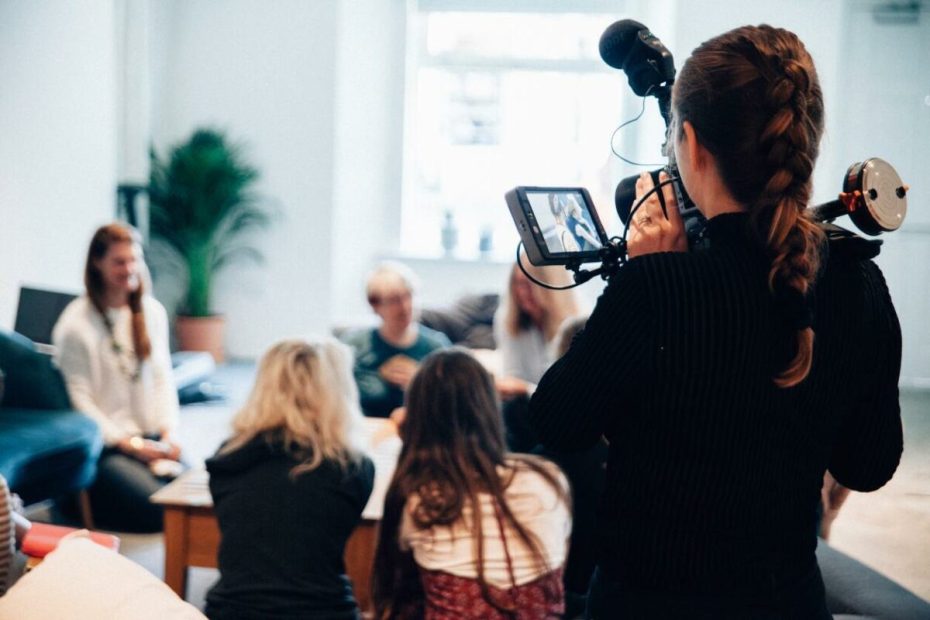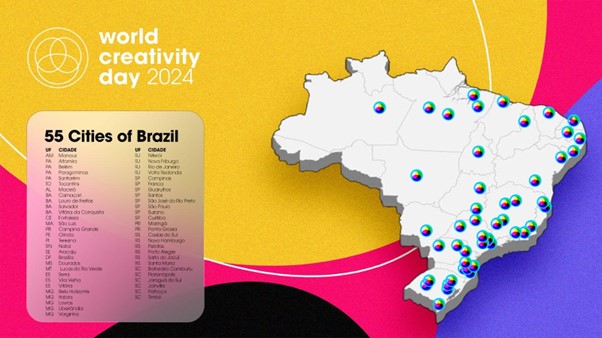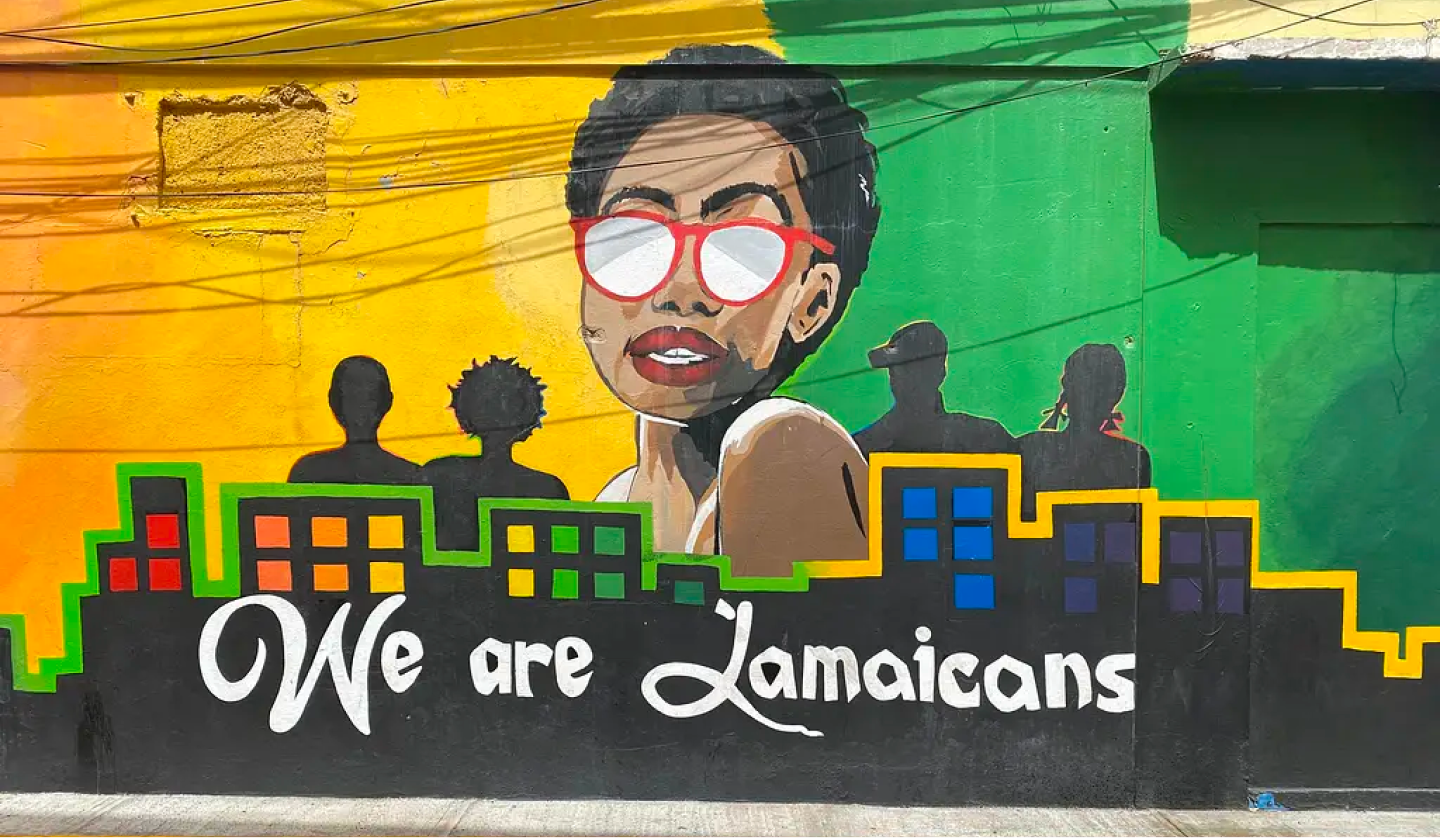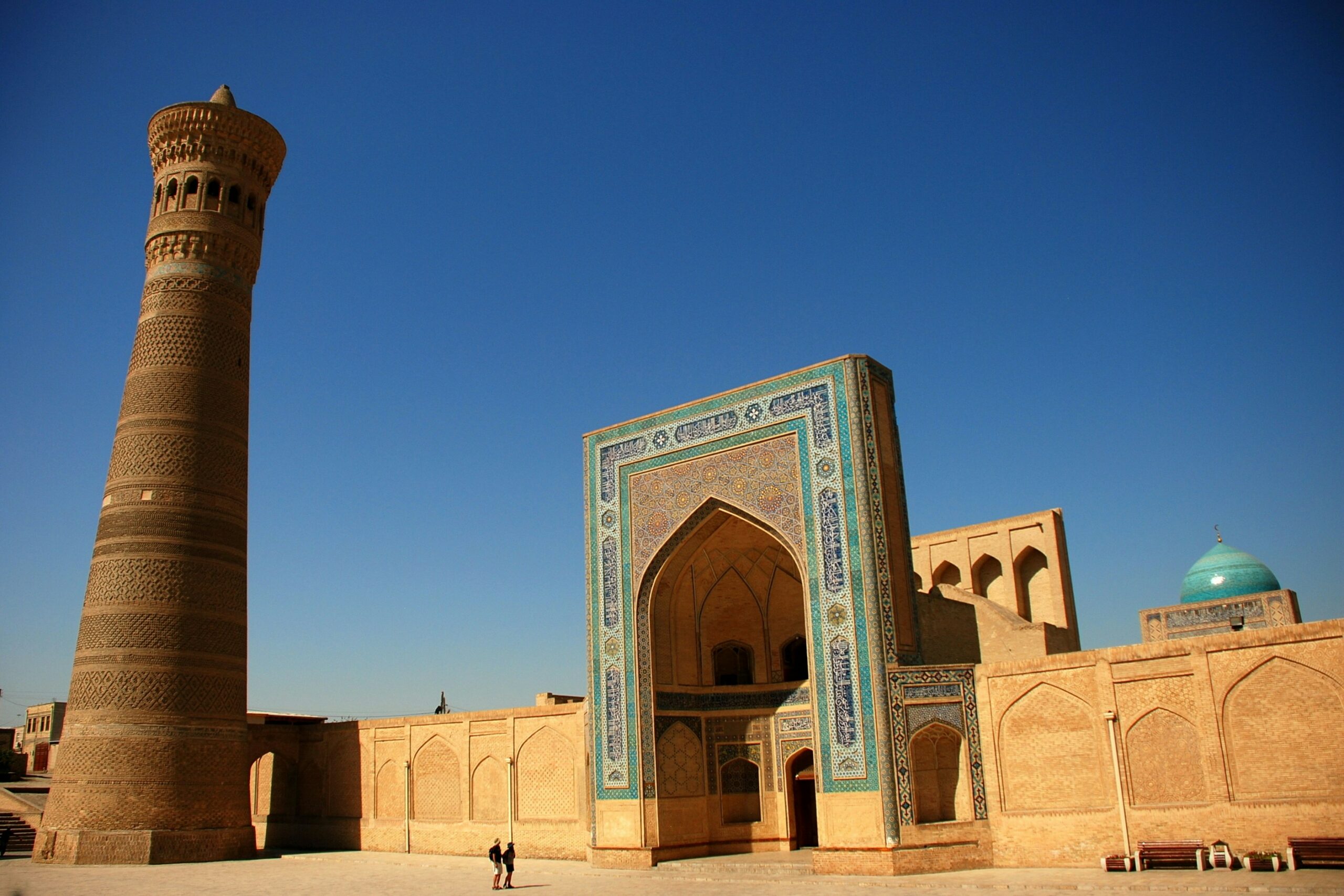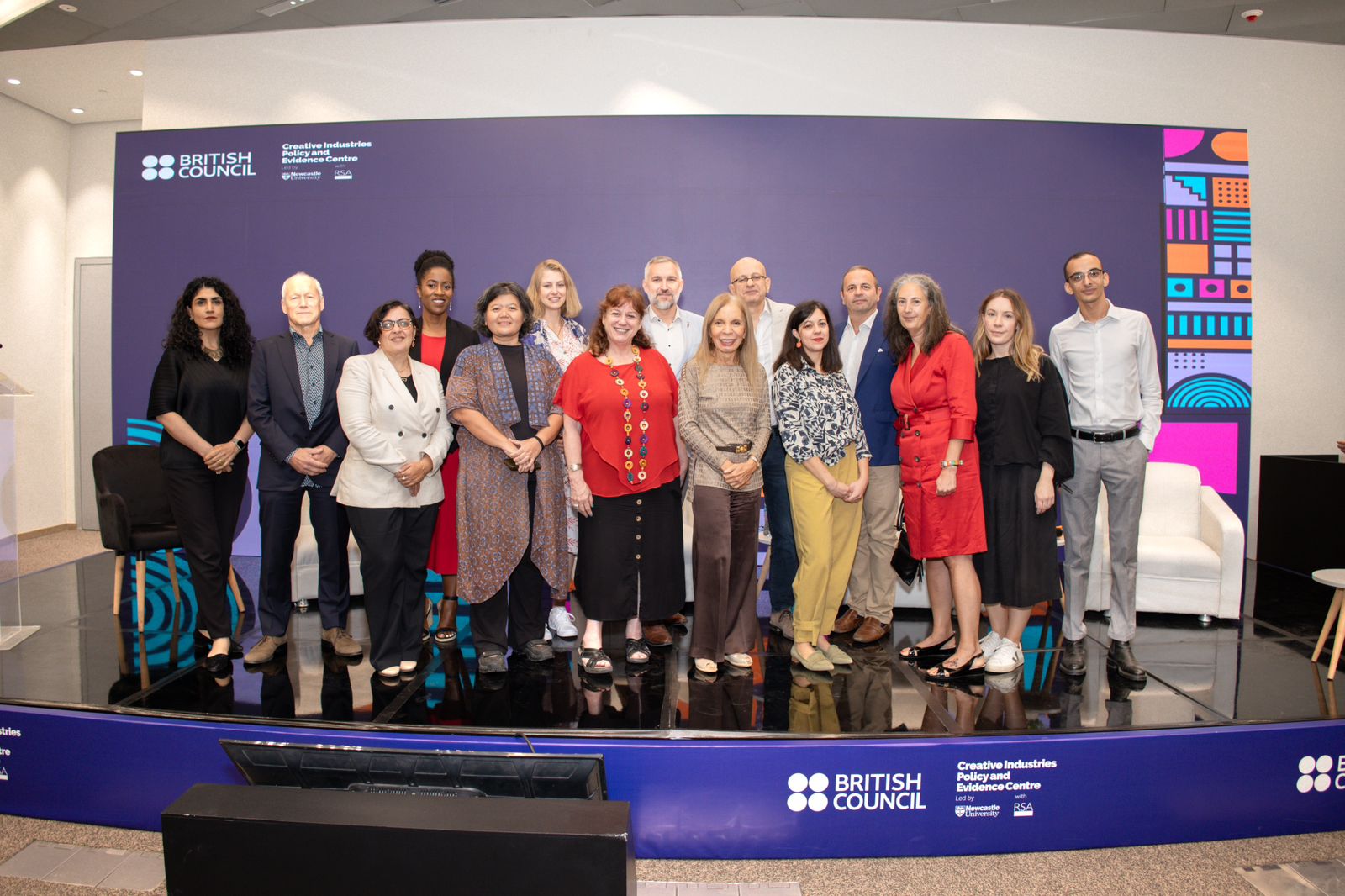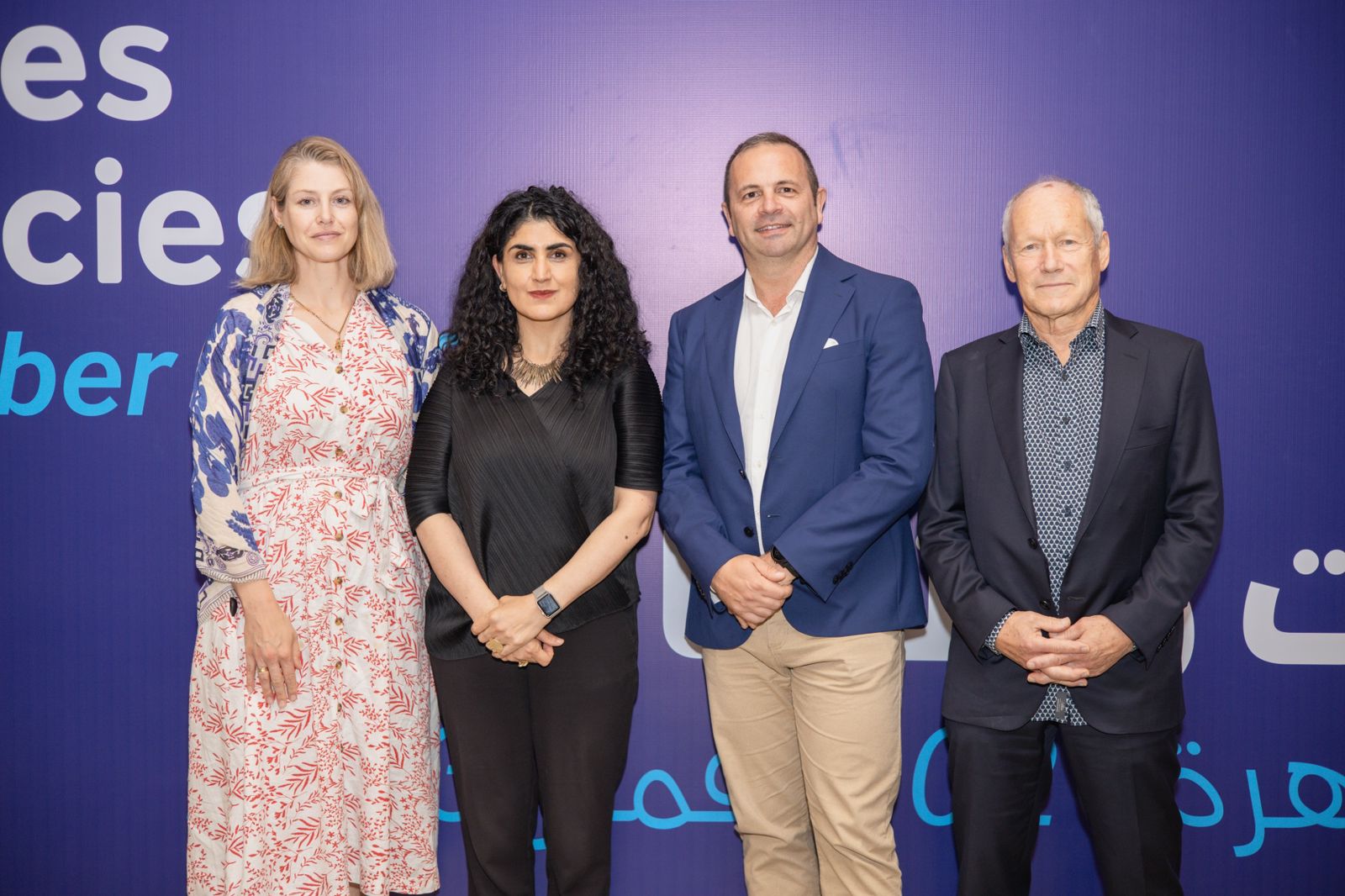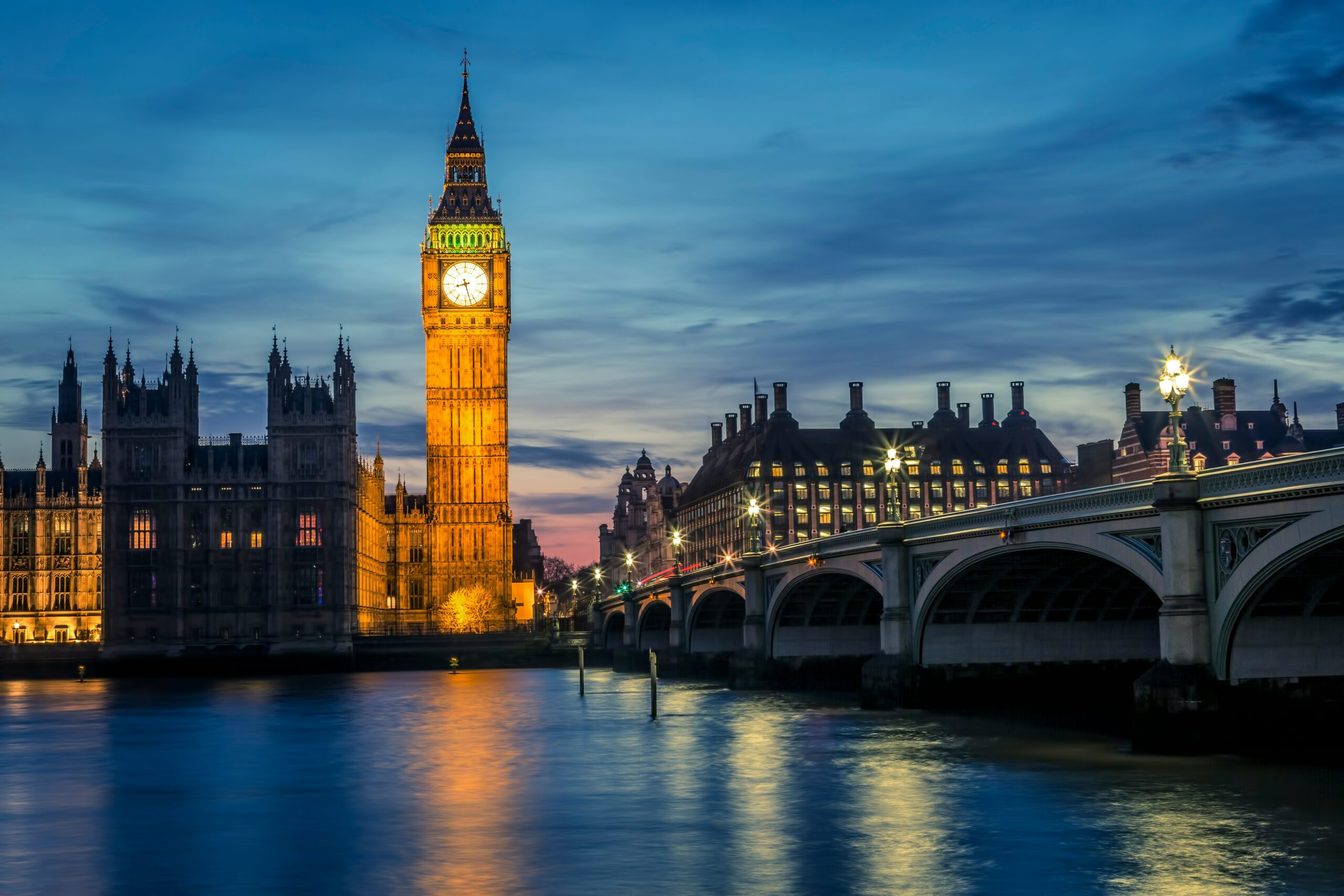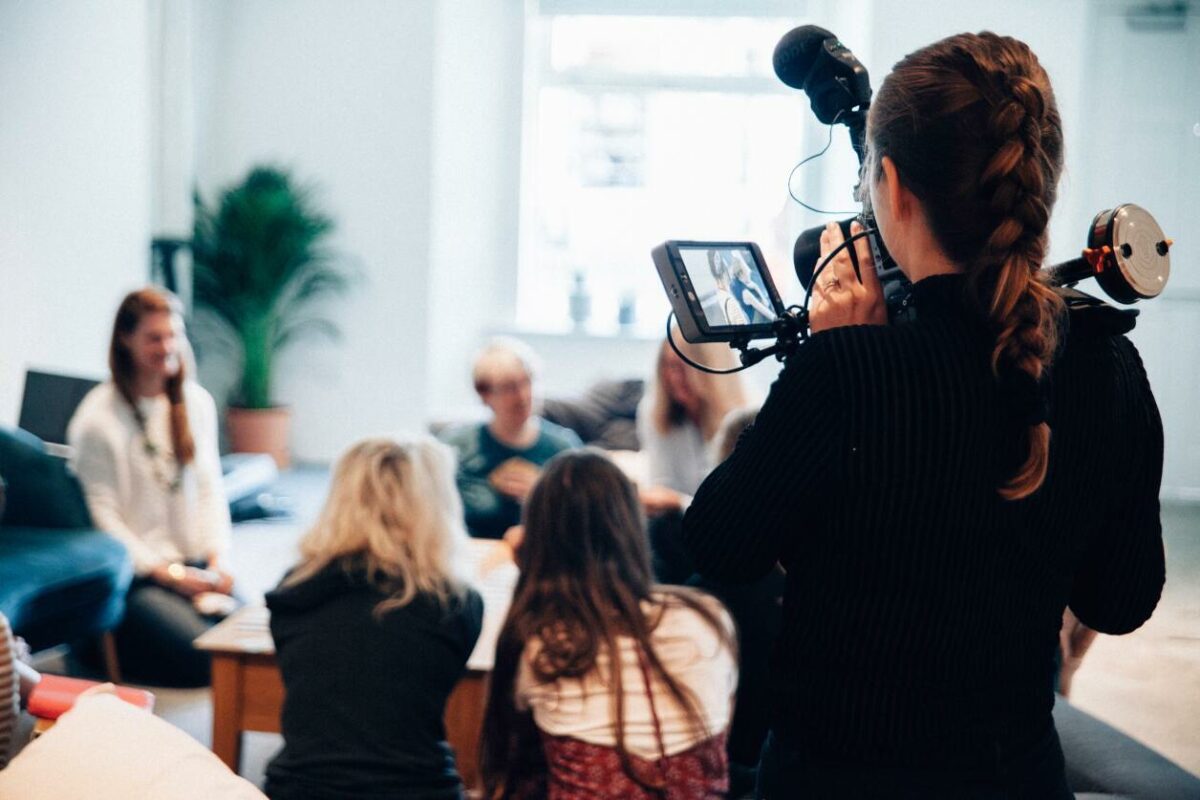As the APPG for Creative Diversity launches their annual report, ‘Making the Creative Majority’, Alice Kent looks at the findings and discusses some of the Creative PEC’s research on diversity in the creative industries.
Diversity in the creative industries is one of the Creative PEC’s areas of work and is a key focus for our policy and research teams. We have published a wide variety of research looking at everything from class, social mobility, gender, and access, and the impact of Covid-19 on all of these factors.
The likelihood of someone from a working-class background securing a job in the creative industries has remained stubbornly low for over a decade.
This is a finding of a new report ‘Making the Creative Majority’ launched in parliament today by the All-Party Parliamentary Group (APPG) for Creative Diversity.
The Creative PEC part-funds this work as part of our mission to support the ‘inclusive and sustainable’ growth of the creative industries. The report builds on our growing body of evidence that explains why and how we should make the creative economy more equal.
The evidence is clear: “If the creative industries were as socioeconomically diverse as the rest of the economy, they would employ over 250,00 more working class people”. This is the finding of previous Creative PEC research on social mobility by Carey, H., O’Brien, D., Gable, O. They noted: ‘Class-based exclusion is more pronounced in the Creative Industries than in any other industrial sector. The class origin demographics of creative occupations such as Architects, Journalists and Editors, Musicians, Artists, and Producers and Directors, are amongst the most elite in the economy, even more so than Management Consultants or Stockbrokers’. Class intersects with gender, race, disability, skills and place. For many individuals this creates double disadvantage.
The new report launched today focuses on post-16 creative education and finds that ‘UCAS data shows inequalities of gender, ethnicity, and social class in applications, offers, and acceptances, on creative higher education courses.’ Reforming this part of the education sector will be key for improving the class diversity of the creative industries. The creative workforce is dominated by graduates and access to creative higher education remains highly unequal. For sectors such as ‘media professionals’, 82% of workers have degrees, and so improving access to higher education is a critical policy lever in building a more inclusive workforce.
The authors make a series of recommendations for both government and universities. They highlight that ‘apprenticeships are not working for the creative industries’ and their research shows that ‘there are low numbers of courses, limited choice of courses, lack of suppliers, and the Apprenticeship Levy is not suited to the realities of creative work’. This is an area in which the creative industries and government could come together to make systematic changes for our post-16 education sector.
There are some good examples of early successes in improving access to apprenticeships and making them work for the creative industries. The Welsh Government has introduced Shared Apprenticeship schemes that help apprentices secure progress their careers across multiple sectors, so that they can develop a more diverse range of skills and experience.
But it’s not just the higher and further education that has faces challenges with diversity. In a guest blog for the Creative PEC website, Dr Heidi Ashton, Associate Professor in Cultural and Creative Ecologies at Warwick University, shared the findings of her paper which suggests that the different experiences of state-educated and privately-educated students in creative subjects is so contrasting it could be considered ‘educational apartheid.’
The paper argues that since the late 1990s there has been a greater focus on ‘core’ subjects in state education, which compelled state schools to divert resources away from subjects on which they are not stringently measured. This has resulted in a drop, according to the government’s Taking Part Survey, of 47% in participation in theatre and drama subjects, and a drop of 36% for music over the last decade.
In contrast, the private sector has continued to recognise the economic and social benefit of investing in cultural facilities. Of the 20 private schools included in Ashton’s study, 33 of them had theatre spaces, ‘with facilities often exceeding those of professional theatres.’ All 20 had dedicated provision for concert performances, all had fine art studios, and all had specialist provision ranging from photography, sculpture, ceramics, textiles and digital media.
Perhaps even more significantly, these facilities are supported by industry professionals and ‘Artist or Filmmaker in Residence’ programmes. Attracted by the higher salaries the private education sector offers, the teaching staff as well as technicians and administrators boast CVs with extensive industry experience. This provides crucial industry networks, social capital and ‘a foot in the door’ for pupils.
This point is emphasised in today’s new APPG report which recognises the ‘problematic nature of accessing the creative job market through personal networks and recommendations.’ Referring to the APPG’s 2021 Creative Majority report they highlight the finding that ‘women and Black/Asian graduates are relying more on university structures and public recruitment processes to access their first jobs in the sector.’ As such they recommend universities devise ‘specific, targeted programmes to enable marginalised groups to access employment’.
The benefits of having access to industry networks and social capital explains why internships can be so controversial in the creative economy. The APPG recommends making a clear distinction between ‘open-market’ internships and ‘forms of work experience that are integrated into formal education’. The former is a central barrier to ‘equity, diversity and inclusion’ the later ‘a powerful intervention to support diversity in employment and employability’.
The APPG’s research and recommendations are vital if we are to see greater diversity in the creative industry workforce. Earlier this year the Creative PEC published the landmark ‘Good Work Review’, the first major review of job quality across the entire creative economy sector. The paper highlighted many positive aspects of creative work; ‘for some, pay is good, many enjoy greater autonomy and flexibility over their work; and, for most, Creative work offers an opportunity for creative expression’. Yet the four-nation, year-long review, also found evidence of low-pay in many sub-sectors, precarious short-term contracts and:
“extreme working hours in parts of the sector…work environments which foster a culture of bullying…a lack of worker voice and representation; informal recruitment and employment practices; opaque career pathways compounded by a lack of training and professional development; and leadership and management deficiencies; all of which negatively impact the health and wellbeing of workers and equality, diversity and inclusion in the Industry.”
It is clear that workplace culture must also be addressed to improve access to entry-level work in the creative industries and to support career progression and a desire to stay in the creative sector across all demographics.
This year the Creative PEC published The State of Creativity as an overview of ten years of research and policy across the creative economy. The report’s overriding message was that if the regenerative, ‘levelling-up’ power of the creative sector, and the growth potential of ever-expanding technologies in artificial intelligence, immersive experiences and digital technology are to be achieved, then government and industry must prioritise creative education, and end the enduring unequal access to the creative sector.
We are pleased to see policy makers respond to the evidence in our research showing the need for greater diversity across the creative industries. In the Creative Industries Sector vision, DCMS have committed to producing their own ‘Good Work Review’, a key Creative PEC recommendation. Progress can be made, and reports like the Making the Creative Majority show the potential impact that can be achieved if we take an evidence-based approach to policy making, as well as the challenges that need to be overcome.
______________________________________________________
The Creative Industries Policy and Evidence Centre (Creative PEC) is supported by the Arts and Humanities Research Council. You can view all of our research on equality, diversity and inclusion
Making the Creative Majority is by Roberta Comunian, Tamsyn Dent, Dave O’Brien and Natalie Wreyford. Cover illustration is by Hannah Balogun www.hannah-balogun.com and design is by Praline www.designbypraline.com
The full report is available to download at: www.kcl.ac.uk/cultural/projects/creative-majority-education
The APPG for Creative Diversity, co-chaired by Baroness Deborah Bull and Chi Onwurah MP, collaborated with research partners King’s College London, University of the Arts London, University of Manchester and the Creative Industries Policy & Evidence Centre, with support from YouTube and Paul Hamlyn Foundation, to understand the efficacy of creative Higher Education (HE) pathways, and indicate key recommendations for the UK Government and Higher Education Institutions (HEIs) to improve diversity and inclusion in the UK’s creative higher education.
Related Blogs
Copyright protection in AI-generated works: Evolving approaches in the EU and China
Prof Kristofer Erickson discusses the different approaches the EU and China have taken in response t…
Introducing the World Creativity Organization
Edna dos Santos-Duisenberg (member of Creative PEC's Global Creative Economy Council) & Lucas Foster…
Island in Transition: The Journey from Reggae Music Mecca to Creative Economy Hub
Andrea Dempster Chung, Co-founder and executive director of Kingston Creative A blog from Creative P…
UK engagement in Central Asia: Education and the creative economy in the territories of the ‘new Silk Roads’
Dr Martin Smith and Dr Gerald Lidstone look at the history of the British Council's work in Central …
Creative Industries in Egypt: An Overview
Omar Nagati – GCEC Member and Co-Founder of CLUSTER – outlines the findings of a study into the crea…
Introducing the Global Creative Economy Council (GCEC)
Hasan Bakhshi and Rehana Mughal explain what the GCEC is trying to achieve and how the network will …
Global Creative Economy Council: An introduction from the Chair
John Newbigin introduces Creative PEC's Global Creative Economy Council
Creative PEC’s response to the Spring Budget 2024
Creative Industries in the 2024 Spring Budget The creative industries are a significant part of the …
Copyright protection in AI-generated works
Timely exploration of copyright law and AI generated creative content
The economic value of cinema venues to their communities
In a tough economic climate for cinemas and where there is limited public funding, it is important t…
Creative diversity in higher education
As the APPG for Creative Diversity launches their annual report, ‘Making the Creative Maj…
Estimating the Contribution of Arts, Humanities and Social Sciences (AHSS) R&D to Creative Industries R&D
The UK’s creative industries are hugely innovative; PEC research has suggested that over two-th…
